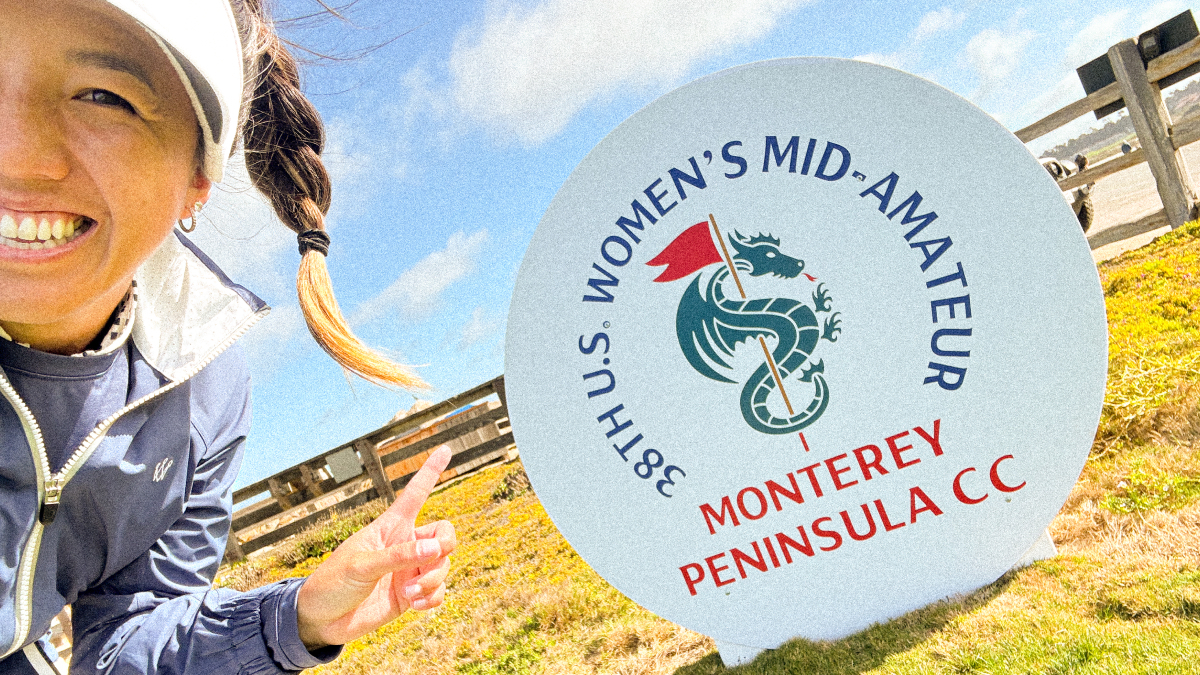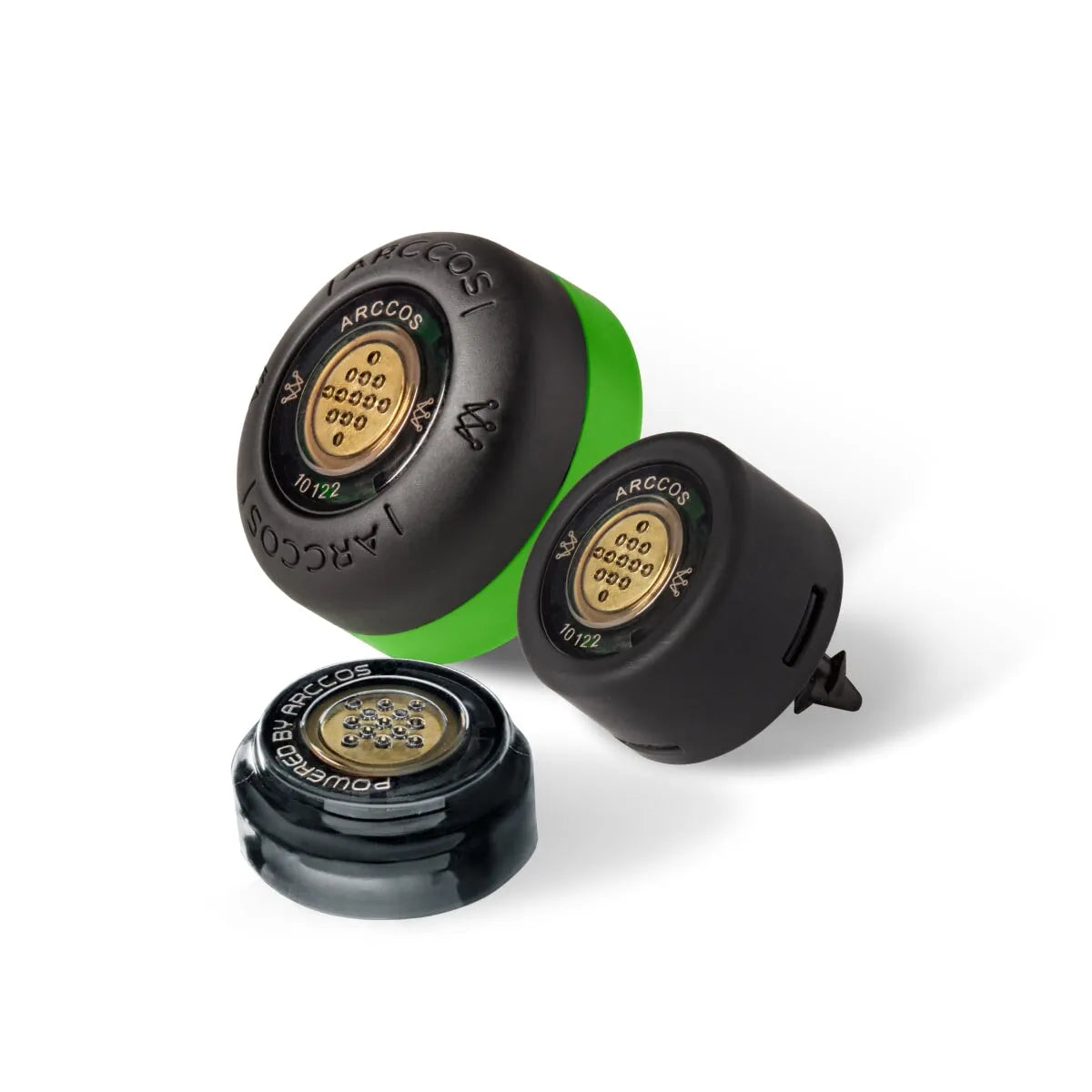
When Luke Donald finalized his six captain’s picks on September 1, Team Europe’s roster felt familiar: Jon Rahm, Viktor Hovland, Shane Lowry, Sepp Straka, Ludvig Åberg, and Matt Fitzpatrick joined Rory McIlroy, Tommy Fleetwood, Tyrrell Hatton, Justin Rose, Robert MacIntyre, and Rasmus Højgaard.
It looks like continuity, and in many ways it is. But Europe is not leaning on loyalty alone. Arccos’ Chief Data Strategist and Vice captain Edoardo Molinari has become the team’s in house “secret weapon”, running strokes gained models and matchup simulations through Arccos Pro Insights. His fingerprints are all over these choices, and the numbers suggest Europe is more dangerous than the eye test might show.
Look through strokes gained metrics and a pattern emerges: balance.
Tee to Green: Six Europeans rank inside the PGA Tour’s top 25 in Strokes Gained: Tee to Green. McIlroy (+0.48 SG: Approach, +1.8 SG: Tee to Green) and Rahm (+1.45 SG: Total) lead the way, while Åberg (+1.10 SG: Tee to Green) looks like a rising star tailor-made for Bethpage.
Approach Play: Europe has four players inside the top 15 in SG: Approach. That strength is critical in match play, where sustained pressure wins more holes than the occasional birdie streak.
Experience and Consistency: Players like Fleetwood, Fitzpatrick, and Lowry may not top leaderboards weekly, but their strokes gained profiles are steady and positive across categories. In Molinari’s world, that kind of reliability is gold.
The U.S. approach is different. Their advantage sits at the top.
Scheffler’s Gap: Scottie Scheffler leads the PGA Tour by a wide margin in Strokes Gained: Total (+2.6). No European is even close.
Top End Strength: Schauffele (+1.9), Cantlay (+1.6), and Morikawa (+1.5) all rank among the top 10 in total strokes gained. That nucleus can carry sessions.
Scoring Potential: The U.S. has more players in the top tier of SG: Putting and raw birdie average, a profile that thrives in four balls.
The challenge is that their depth drops off faster than Europe’s. If Scheffler is not dominant or if the bottom half struggles, the U.S. could get exposed.
Who’s Better on Paper?
Statistically, Europe looks stronger as a team. Their collective strokes gained profiles show more balance, more consistency, and fewer holes for opponents to target. Molinari’s data-driven approach to pairings and matchups only sharpens that edge.
But golf is not played on spreadsheets. The U.S. will have 40,000 New Yorkers at Bethpage, and history shows home soil matters, with eight wins in the last ten Ryder Cups for the hosts. Add Scheffler’s dominance into the mix, and America still feels like the favorite.
By the numbers, Europe looks like the more complete side.
By history and environment, the United States still carries the advantage.
That tension is what makes this Ryder Cup compelling. It is a contest where analytics point one way, but the stage itself may pull it another.






Share:
163 Starts, 27 Birdies, 1 Trophy: The Data Behind Fleetwood’s Win
3 Wood VS Driver: Is the accuracy worth the sacrificed distance?